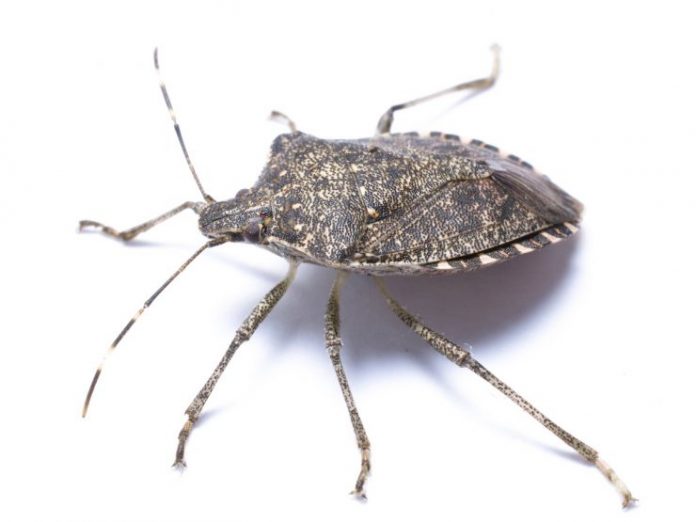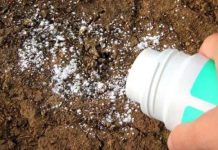As the arrival of warmer weather signals the changing seasons, it also heralds the emergence of large, green or brown insects commonly known as stink bugs. These pests may be found crawling on walls or buzzing around windows, especially in older DIY homes. With the bright and strong sun, these creatures become more noticeable. Though you might be tempted to crush or stomp them if you’re unfamiliar with their identity, the pungent and unpleasant smell they release will quickly reveal their true nature.
During the winter months, stink bugs remain concealed, but as spring approaches, they become more active, seeking a way out and often finding their way into homes. Attics, crawl spaces, and wall voids become potential hiding spots for these large, oval-shaped insects, aptly named for the foul-smelling chemical they produce in abdominal glands, serving as a defense mechanism against predators.
For those dwelling in older homes, the challenge is not just in identifying these unwelcome visitors but finding effective and natural ways to manage their presence without resorting to harmful chemicals or squashing them. Prevention proves to be key, and a thorough inspection of the home’s exterior before winter sets in is an ideal starting point. Check for cracks, torn screens, and gaps under doors, employing weather stripping to seal potential entry points. Attic and crawl space vents should also be inspected for any damage to screens.
If prevention measures are beyond reach and stink bugs have infiltrated your space, there are natural solutions to address the issue:
- Seal Access Points:
- Ensure all entry points are sealed, from cracks and holes to exhaust fans, ceiling lights, and behind skirting boards.
- Safe Removal:
- Avoid crushing or trampling stink bugs. Instead, use a paper towel or plastic bag to carefully remove and dispose of them, taking care not to trigger the release of their unpleasant odor.
- Garlic Spray:
- Create a potent stink bug deterrent by combining 4 teaspoons of garlic powder with 16 ounces of water in a spray bottle. Apply around doors, windows, and other potential entry points.
- Peppermint Spray:
- Repel stink bugs by mixing 10 drops of peppermint essential oil with 16 ounces of water in a spray bottle. Apply the solution around doorways, windows, and other entrances.
- Soap and Water:
- Prepare a simple yet effective solution by filling a container with water and adding a teaspoon of dish or laundry soap. Use a broom or brush to disturb stink bugs, causing them to fall into the soapy water and drown.
- Vacuuming:
- Invest in a separate vacuum for stink bugs to avoid lingering odors in your main vacuum. Dispose of the collected bugs in a sealed bag.
- Neem Oil:
- Create a neem oil solution by combining two tablespoons of neem oil with half a cup of water in a spray bottle. Use it on window panels, doors, and areas where stink bugs are present.
- Catnip:
- Sprinkle catnip powder in your home, yard, and garden to deter stink bugs. Consider using your own dried and crushed catnip for a natural solution.
- Lemon Juice and Vinegar:
- Mix one ounce of lemon juice with half an ounce of vinegar in an 8-ounce container filled with water. Spray the solution on windows, walls, cracks, and crevices where stink bugs appear.
- Chilli-Based Spray:
- Create a potent spray using two strong chillies, a clove of garlic, and two onions. Let the mixture stand for 24 hours, strain, and use it to spray areas where stink bugs enter.
- Pyrethrum Spray:
- Utilize the toxicity of pyrethrum, derived from chrysanthemum flowers, to create a spray that kills stink bugs on contact. Mix the powder with water and dish soap for an effective solution.
- Pheromone Traps:
- For severe infestations, invest in pheromone traps that attract stink bugs using synthetic pheromones, leading them to dehydration.
In conclusion, combating stink bugs requires a proactive approach, from sealing entry points to employing natural deterrents and removal methods. These alternatives ensure a pest-free environment without resorting to harmful chemicals or compromising indoor air quality.
image source : rome sentinel










